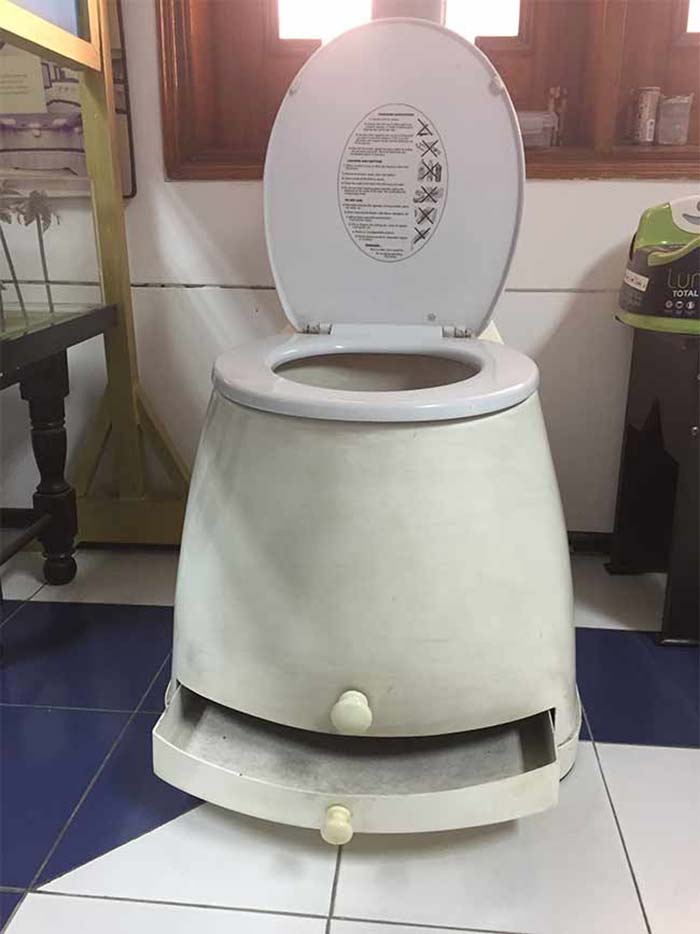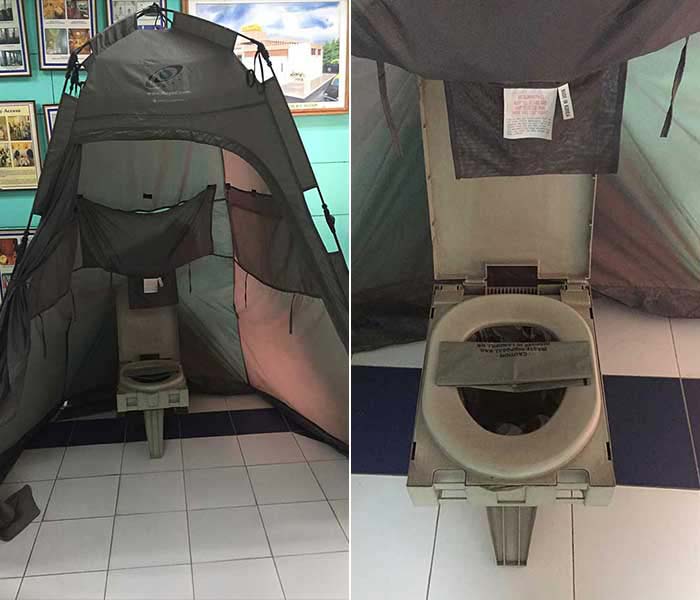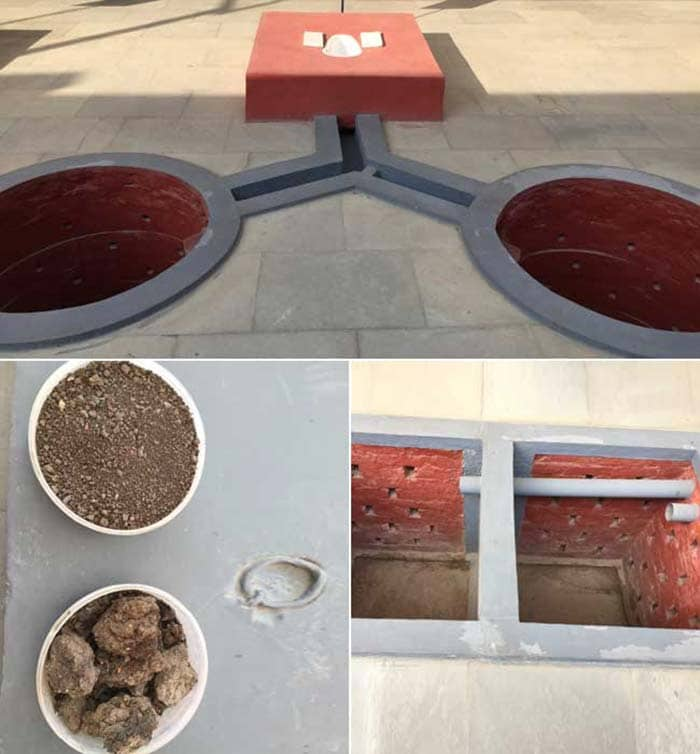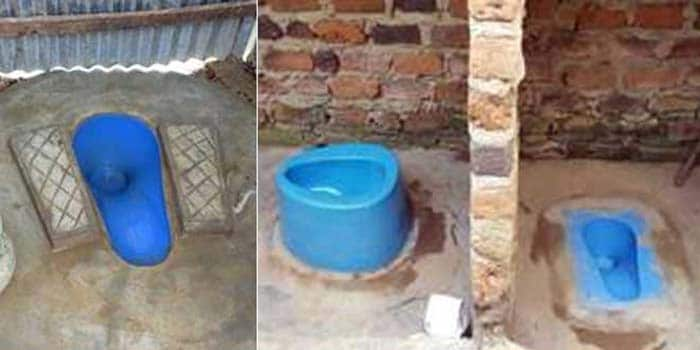5 Offbeat Toilets India Should Adopt To Fight Sanitation Problems
In the era of 'Swachh Bharat Abhiyan', issues like open defecation and human waste are getting attention from a large section of our society. Building public toilets that not only define innovation but are also user friendly and cost effective is the need of the hour. In our country 47 percent of people still defecate in the open, and these creative ideas can definitely fight this social problem. Here is a list of 5 innovative toilets that India can adopt to address the problems of sanition.



LIXIL's SaTo (Safe Toilet) Pan: With a cost-friendly innovative design, this toilet suits best for poor households. Certain models are tailored for areas where concrete is not widely used in the construction of toilets, while another is intended for places where a seat is culturally preferred to a squat toilet. Highlight- The water seal installed, reduces transmission of disease by insects, reduces odor and reduces the volume of water needed to flush.

Garv Stainless Steel Public Toilet Infrastructure: Indestructible and smart - This is a comprehensive and sustainable solution to end open defecation in rural India. The model is flexible enough to suit varied needs depending upon the conditions in each area. Highlight- The output is an odourless, colourless liquid that can be used as a pesticide spray later.

















